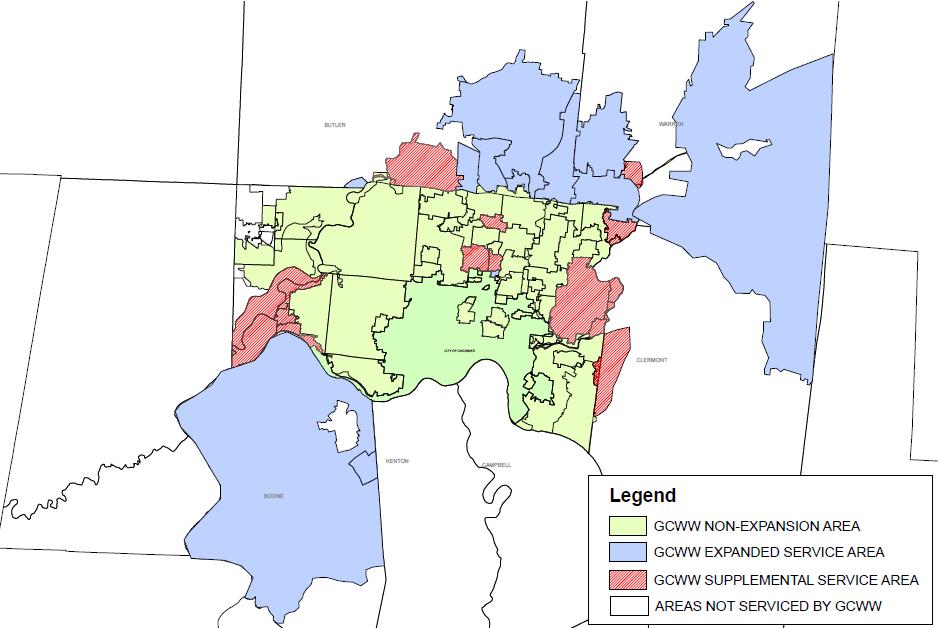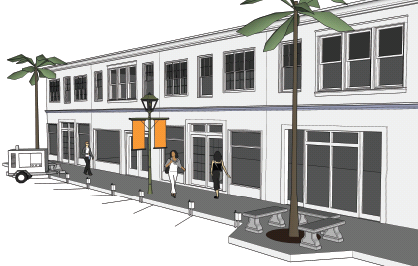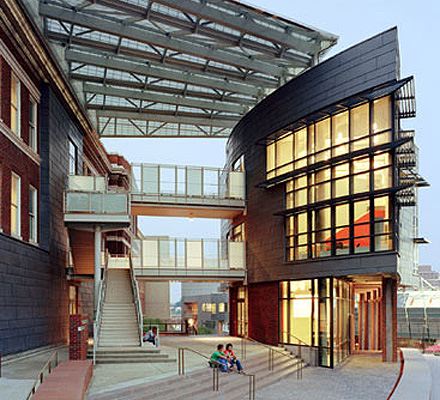The University of Cincinnati boasts one of the most urban college campuses in all of America, and quite possibly the most unique stadium in Division 1 football. As a result, Nippert Stadium’s scoreboard is mounted atop a neighboring building, midrises surround the sunken playing field, and the intimate venue is situated in the heart of campus.
This urban football setting also means that there are not seas of asphalt where fans can tailgate before and after the game. Bearcat fans instead tailgate on campus green areas, inside parking garages, and on surrounding streets. But as the Bearcats have their home opener tomorrow, fans will not only be treated to back-to-back Big East champions, but also a new tailgating experience just blocks away from the stadium on Short Vine.
Partially to satisfy the tailgaters displaced from one of the last remaining parking lots on campus which is now home to the Jefferson Avenue Sports Complex, and partially to create a fun new urban tailgating experience for fans, the Short Vine Business Association (SVBA) has created the Uptown Cincinnati Bearcat Block Party.
With help from UC Athletics and the Uptown Consortium, the SVBA will offer live music, food and drinks, and entertainment in addition to the wide array of businesses found on Short Vine that will remain open during the event. Organizers say that the free street festival will take place two hours before and after every single Bearcats home football game along the 2600 block of Short Vine.
Nearby parking lots will be made available for fans needing to stash their cars away during the game, and a free shuttle will transport those to the game that would prefer to not walk the few short blocks.








